Trials reveal low sea lice numbers and reduced sea lice treatments with Nautilus pens
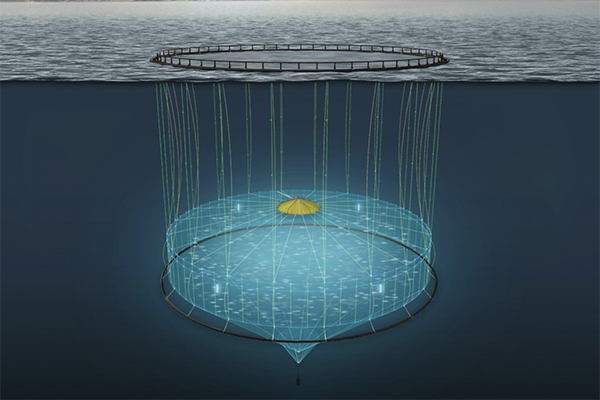
Sea lice threaten fish health and cost fish farmers billions every year, but a key challenge has been developing solutions and technology that work. However, the AKVA group may have found a reliable solution: offshore aquaculture using submersible salmon farming facilities.
Deep-water aquaculture is not a fully developed concept, but AKVA group reportedly has “solid documentation of a good lice effect” based on four releases with approximately 30 Nautilus pens – a floating pen that remains at the surface while the net structure itself is lowered. By operating at depth, the company says it is possible to optimize the conditions for the fish and avoid sea lice or other impacts on the surface.
In collaboration with Sinkaberg-Hansen, AKVA group established the company Atlantis Subsea Farming in January 2016, which carried out large-scale development and testing of submersible salmon farming facilities. Through a development permit, the company carried out extensive testing and documentation work.
The data shows low sea lice numbers and significantly fewer sea lice treatments when using Nautilus pens compared to the previous period with traditional operations. Seven Nautilus pens were submerged for 14 months, and during that period, only one pen had to be treated. After raising, the fish remained on the surface for a period until harvest.
“A small number of mechanical treatments were then carried out,” wrote AKVA in a press release. “You could see a lot of lice infestation when the fish came to the surface.”
Compared to other locations in the same zone and period, the Nautilus location had 60 percent fewer weeks of lice treatment. The pen, which was submerged to the front, did not need to be de-loused.
For the first time, the Norwegian farming company SinkabergHansen can show that there was no sea lice treatment on the salmon that was taken up from the deep water in November 2022 in Trøndelag.
“This autumn, we harvested fish that had been in the sea for the entire production period, without a single lice treatment,” said Tronn-Ove Grindvik Øren, Project Manager for Development at SinkabergHansen. “In short, it is a startling upturn.”
The results have caught the attention of other aquaculture operators, such as Cermaq.
“Cermaq has closely followed the development work of AKVA group and SinkbergHansen and the positive results achieved at SinkabergHansen,” said Harald Takle, Head of Strategy and Seawater Innovation, Cermaq. “We are now looking forward to trying a location with Nautilus where the expectation is that we will avoid de-lousing and achieve the same good growth and feed factor as in our traditional operation.”
Follow the Advocate on Twitter @GSA_Advocate
Now that you've reached the end of the article ...
… please consider supporting GSA’s mission to advance responsible seafood practices through education, advocacy and third-party assurances. The Advocate aims to document the evolution of responsible seafood practices and share the expansive knowledge of our vast network of contributors.
By becoming a Global Seafood Alliance member, you’re ensuring that all of the pre-competitive work we do through member benefits, resources and events can continue. Individual membership costs just $50 a year.
Not a GSA member? Join us.
Author
-
Responsible Seafood Advocate
[103,114,111,46,100,111,111,102,97,101,115,108,97,98,111,108,103,64,114,111,116,105,100,101]
Tagged With
Related Posts
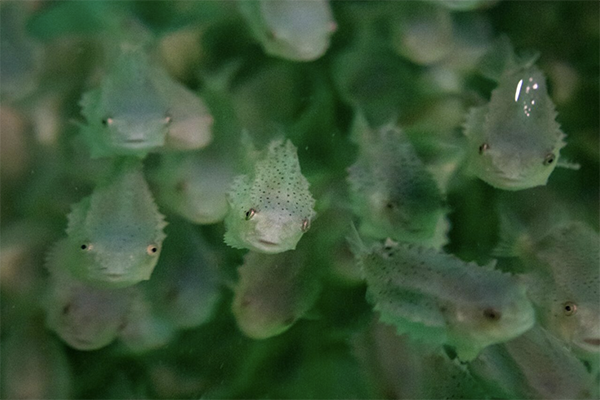
Innovation & Investment
Could new technology transform how salmon farming combats sea lice?
Sea lice plague salmon farms globally, but scientists and aquaculture are turning to technology to prevent and manage the pests.
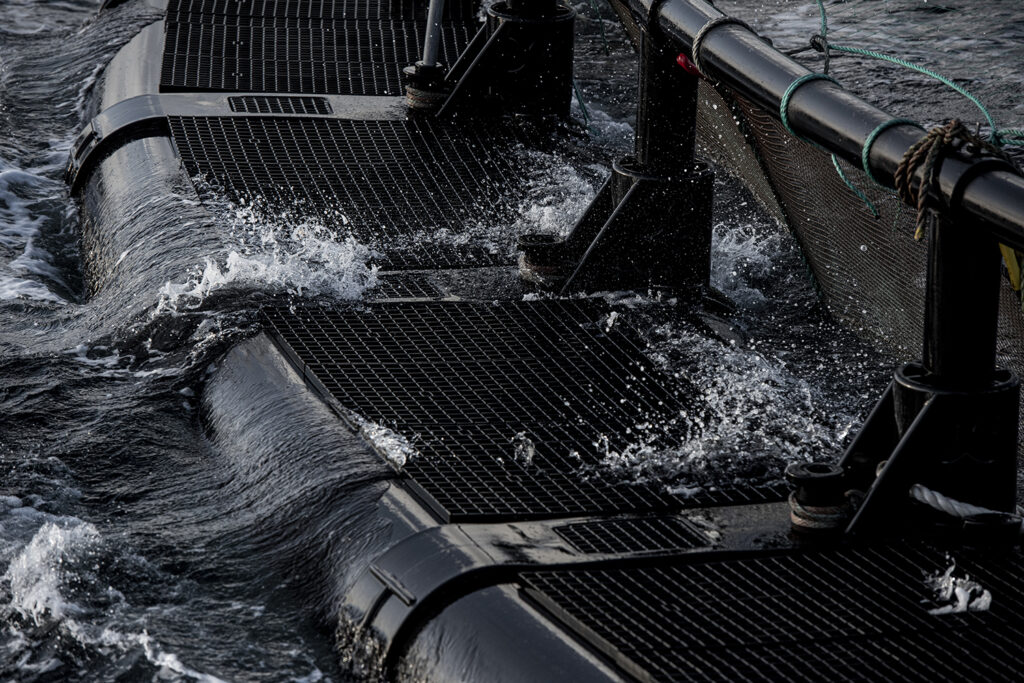
Responsibility
AKVA group to construct world’s first aquaculture pen in recycled materials
In partnership with Plasto and Oceanize, the AKVA group will construct the world’s first aquaculture pen composed of recycled materials.
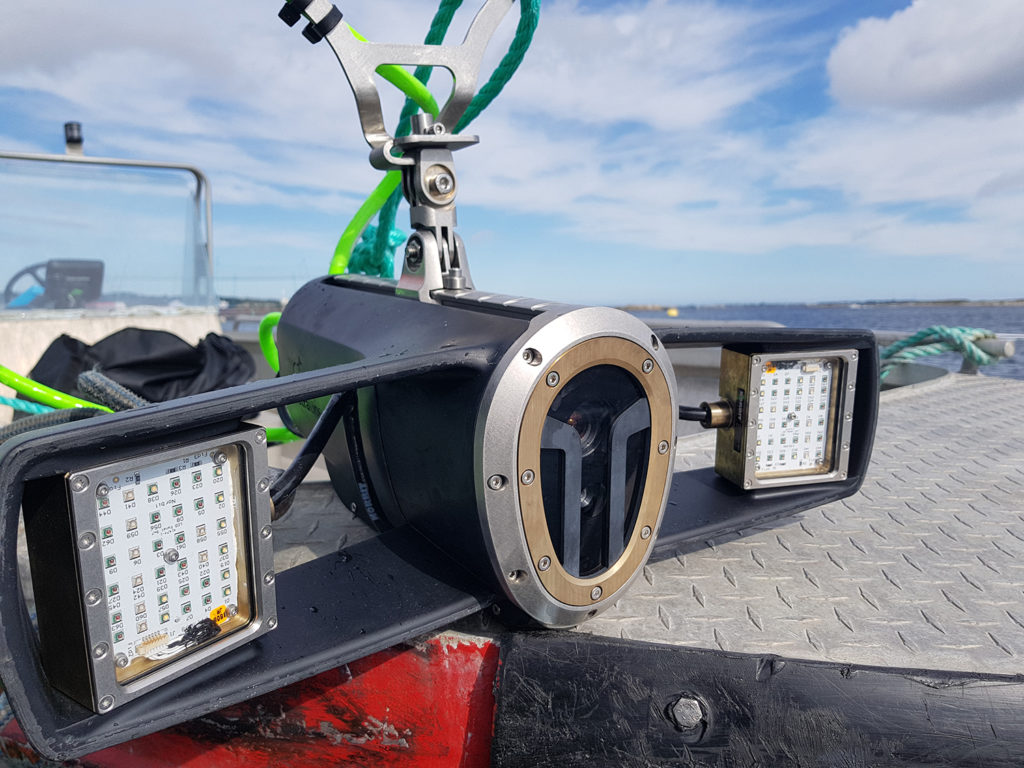
Innovation & Investment
Farmers deploy new high-tech tools against sea lice
Salmon farmers in Norway are trialing two new technologies, including one from Silicon Valley, in their ongoing battle with the persistent sea lice.
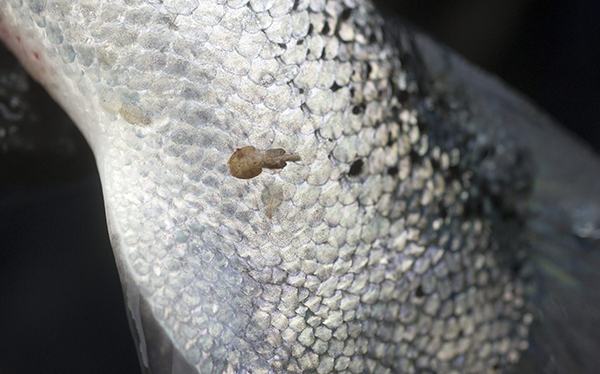
Health & Welfare
Gene editing eyed as a potential sea lice solution
A Nofima-led study is exploring the possibilities of using gene editing to make salmon more resistant to sea lice.



